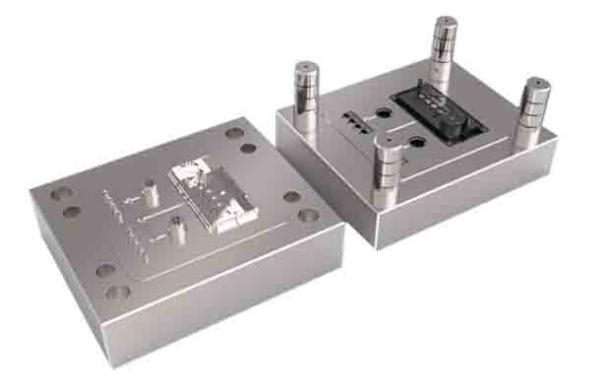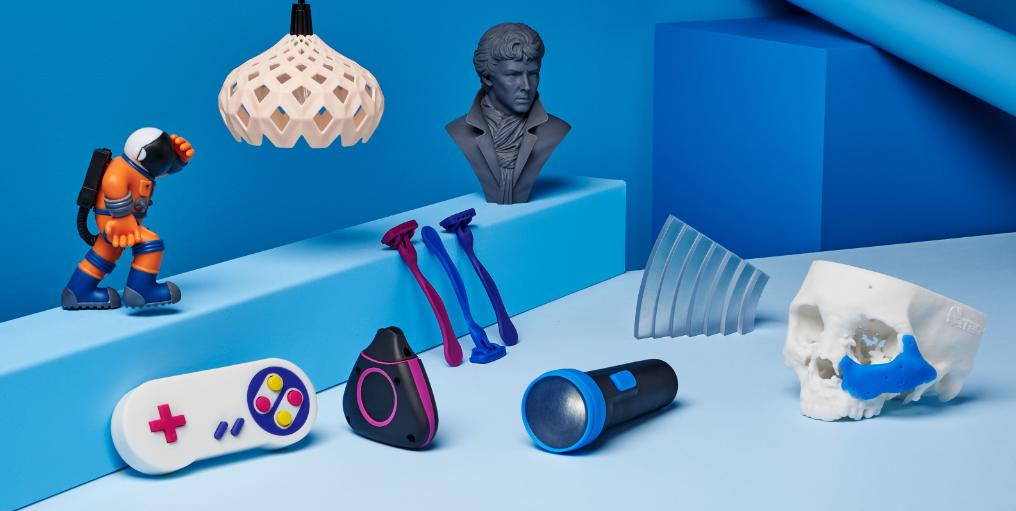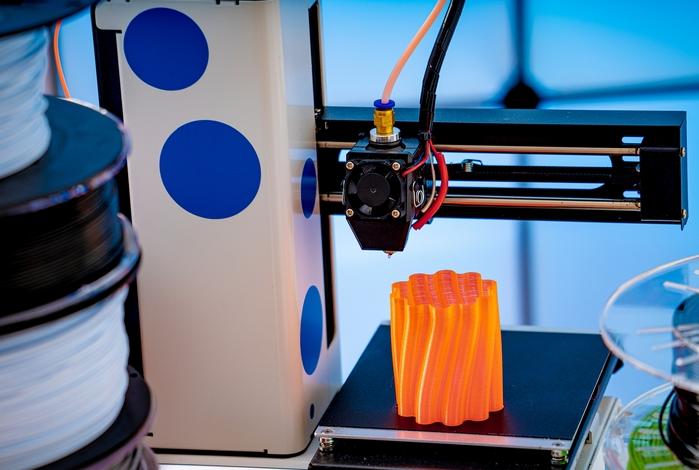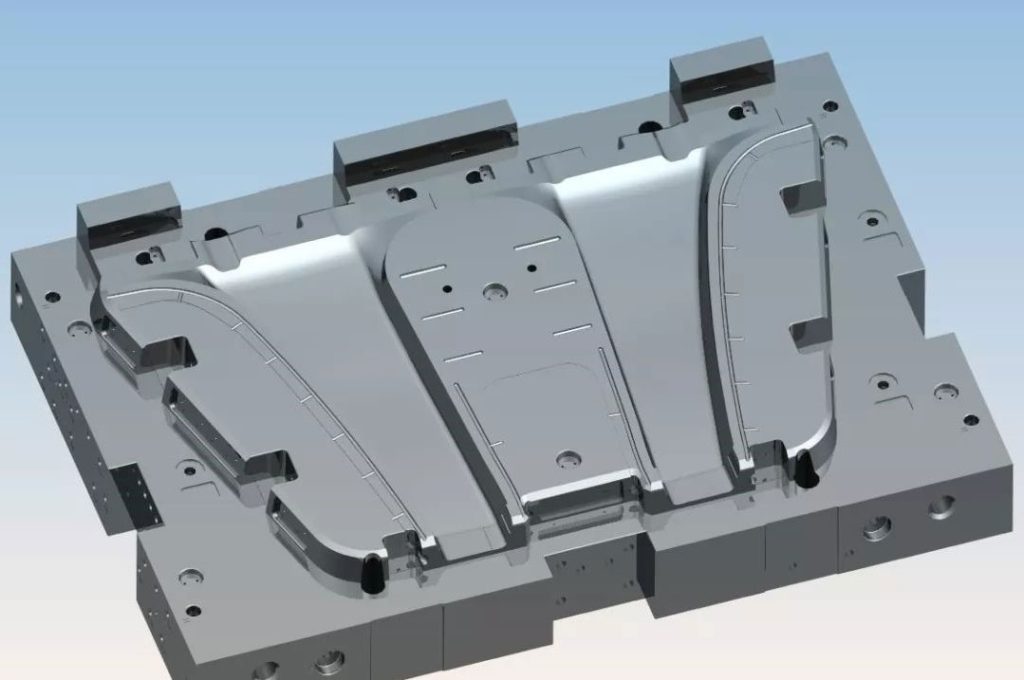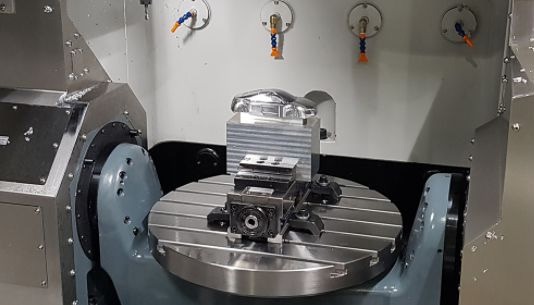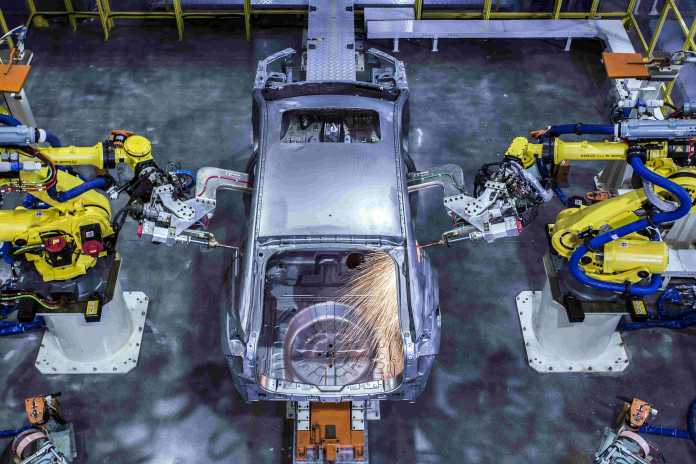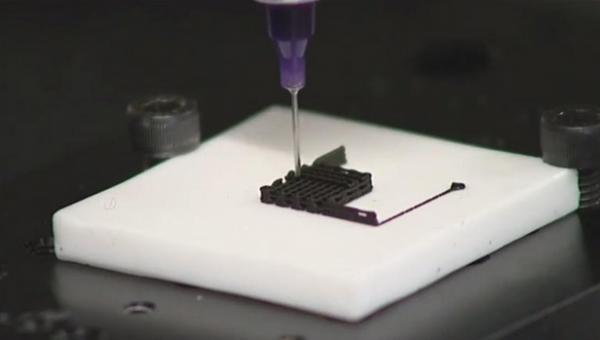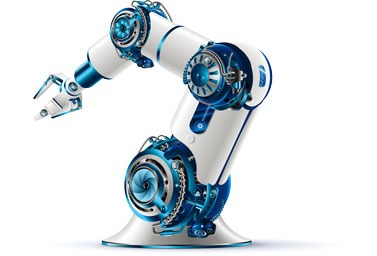In today’s fast-paced business landscape, innovation and speed to market have become paramount for companies seeking to gain a competitive edge. One technology that has revolutionized the product development process is rapid prototyping. By allowing for the quick and iterative creation of physical prototypes, rapid prototyping has proven to be a game-changer for businesses across various industries. This article explores how rapid prototyping enables faster innovation and a shorter time to market, highlighting its benefits and shedding light on its significant impact on the product development cycle.
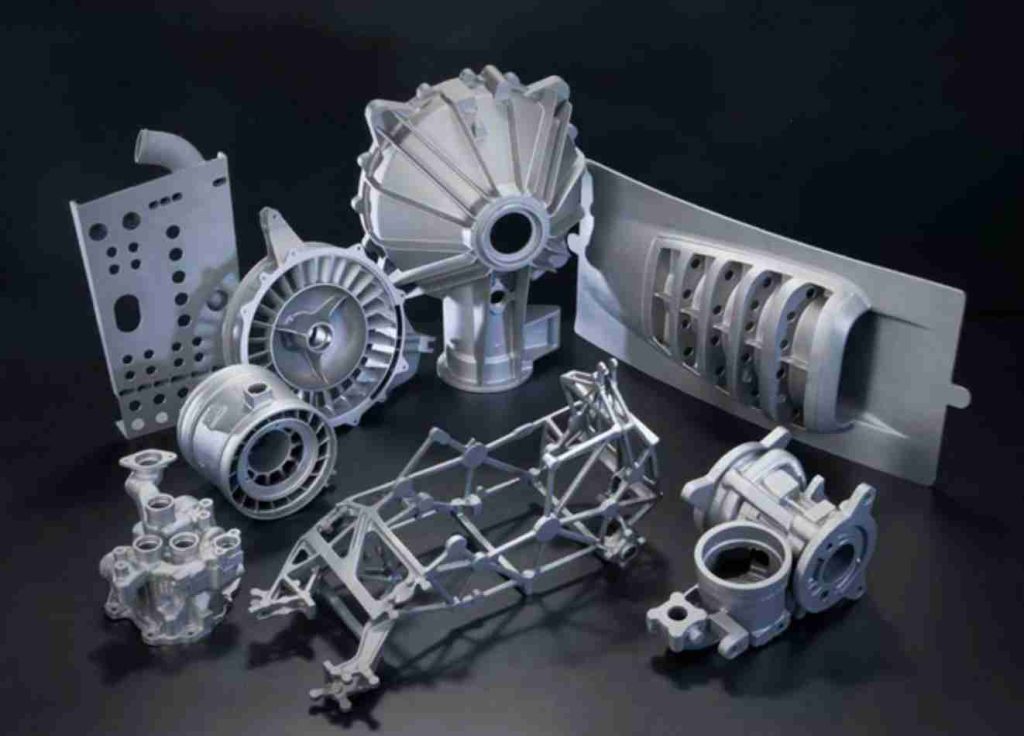
Rapid prototyping is a powerful tool that enables faster innovation and shorter time to market for businesses. Here are the key ways in which rapid prototyping facilitates this:
6 Ways to Realize Faster Innovation and Shorter Time to Market by Rapid Prototyping
Accelerated Design Iterations: Rapid prototyping allows for quick and iterative design iterations. By creating tangible prototypes in a short amount of time, designers and engineers can visualize and evaluate their ideas more effectively. This iterative process enables them to identify design flaws, make necessary adjustments, and improve the product concept rapidly. The ability to iterate rapidly accelerates the overall design process and reduces the time spent on lengthy design cycles.
Early Validation of Concepts: Rapid prototyping enables organizations to validate their product concepts early in the development process. By creating prototypes and gathering user feedback, businesses can determine if the product meets user needs and expectations. This early validation helps avoid costly mistakes by identifying potential design flaws or marketability issues. By swiftly validating concepts, businesses can make informed decisions and pivot if necessary, ensuring that they invest resources in developing products with high market potential.
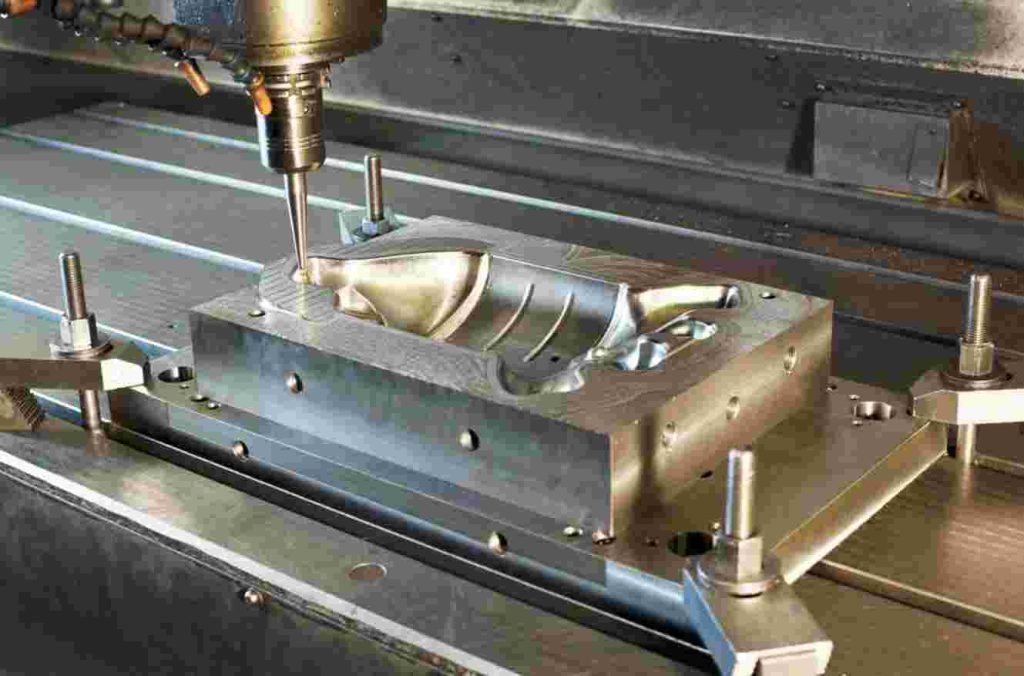
Efficient Communication and Collaboration: Rapid prototyping facilitates effective communication and collaboration among cross-functional teams, stakeholders, and even potential customers. By having a tangible prototype to present and discuss, teams can align their visions, gather feedback, and make decisions more efficiently. This collaboration allows for quicker problem-solving, reduces misunderstandings, and ensures that everyone is working towards a shared goal. The ability to iterate and refine prototypes based on real-time feedback greatly expedites the development process.
Streamlined Manufacturing Processes: Rapid prototyping techniques, such as 3D printing and CNC machining, often utilize digital manufacturing technologies. These technologies allow for the direct translation of digital designs into physical prototypes, streamlining the manufacturing process. By eliminating the need for complex tooling and traditional manufacturing methods, rapid prototyping reduces production lead times. This streamlined manufacturing approach translates to shorter production cycles and faster time to market for the final product.
Faster Market Feedback: Rapid prototyping enables businesses to obtain market feedback at an early stage of product development. By presenting prototypes to potential customers or conducting user testing, organizations can gather valuable insights about the product’s usability, desirability, and market fit. This early market feedback helps refine the product concept and align it with customer expectations. Incorporating this feedback early on reduces the risk of developing products that fail to meet market demands, ensuring a faster and more successful market launch.
Agile Product Development: Rapid prototyping aligns with the principles of agile product development methodologies. It allows for quick iterations, continuous improvement, and adaptive decision-making. By embracing agility, organizations can respond rapidly to changing market dynamics, emerging trends, and customer demands. The ability to iterate and refine prototypes quickly based on new insights empowers businesses to stay ahead of competitors and deliver products that are relevant and impactful in the market.
Conclusion
Rapid prototyping has emerged as a critical tool in the arsenal of modern businesses striving for faster innovation and shorter time to market. By reducing the time and cost involved in the product development cycle, it empowers companies to experiment, iterate, and refine their ideas with greater agility. The ability to visualize and test concepts early on, gather valuable user feedback, and identify potential design flaws or improvements before mass production significantly minimizes the risk of costly mistakes and market failures.


